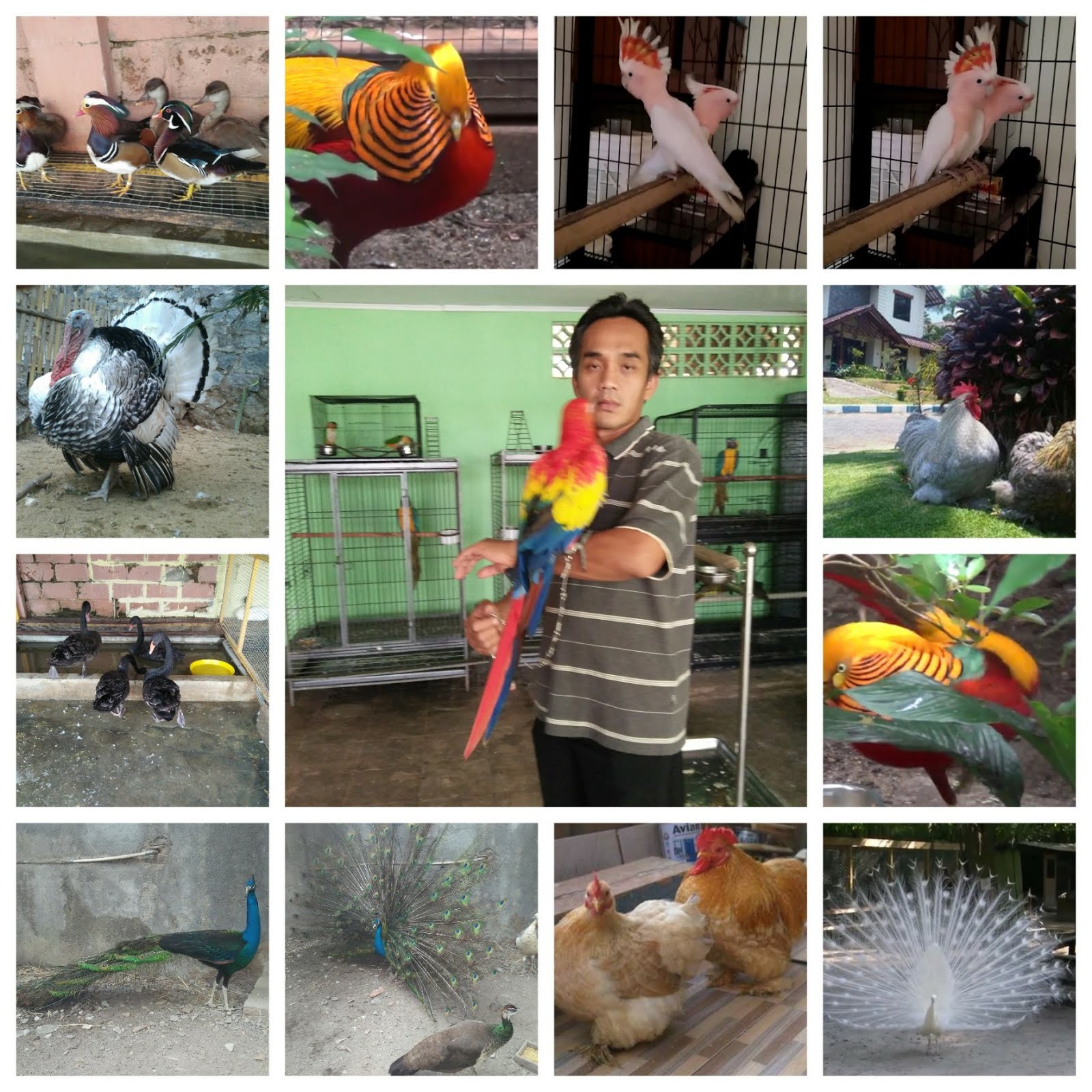1) Water Cooled type
This cooling method is used for ordinary automobile
2) Air-Cooled type
This cooling method is used for motor bicycles and some small cars.
(6) Classification by Valve Type
1) Side valve type (SV type)
The Valves are located on the side of cylinder. This design is not used for high speed diesel engines.
2) Overhead valve type (OHV type)
The valve are located on the top of the cyliner, that is, on the cylinder head. This design is used or high-speed diesel engines.
3) Overhead camshaft (OHC type)
Both the valve and the camshaft are located on the cylinder head.
(7) Classification by Number and Arrangement of Cylinders
Engines are classified both by number of cylinders and by the arrangement of cylinders :
1) In- Line (Straight) type
2) Horizontal type
3) Horizontal opposed type
4) V type
As the number of cylinders increases, the rotational force (torque) of the engines becomes more balanced, and the high and low limit on the speed of the engine are extended. As a result the range of the enginen speed can be enlarged. It is widely known that a multi engine cylinder generates less vibration than a single cylinder engine.
1) In-Line type
The cylinders are arranged in a straight line. This type of engine encounters dimensional limits when attempting to produce a large output by increasing the number of cylinders. However, these engines are easy to maintain and their production cost is relatively low.
 2) Horizontal type
2) Horizontal type
The cylinders are arranged horizontally in this kind of engine. The engine height can be decreased using this design. For example, the engine may be mounted under the floor of a bus to increase the passenger room area.
3) Horizontal opposed area
The cylinders are arranged so that they are opposed in the horizontal direction. This type o engine has a larger capacity and produces a higher output than the horizontal type. In Japan, these have been used as underfloor engines in high-speed buses. However, the engines is rarely manufactured now because of its high manufacturing cost and large weight. This type is superior to then in-line type and the horizontal type from the viewpoint of engine balance. 4) V type
4) V type
As the capacity of an in-line engine is increased, physical restrictions (length and weight) arise. This is why V-type engine are used for large capacity engines. The boundary betwen the in-line type and the V-type seems to be a displacement of about 13 - 14 l. Selection betwen the two types is made based on consideration of their relative advantages and disadvantages.
Basically, a V-type engine is structurally the same as in-line type engine. However, the cylinder block manufacturing cost tends to be height.
V6, V8, V10 and V12 types are used. The V8 type is used most widely.
The angle of V shape is generally 90 degree V, which is the best angle for obtaining equal interval ignition.





